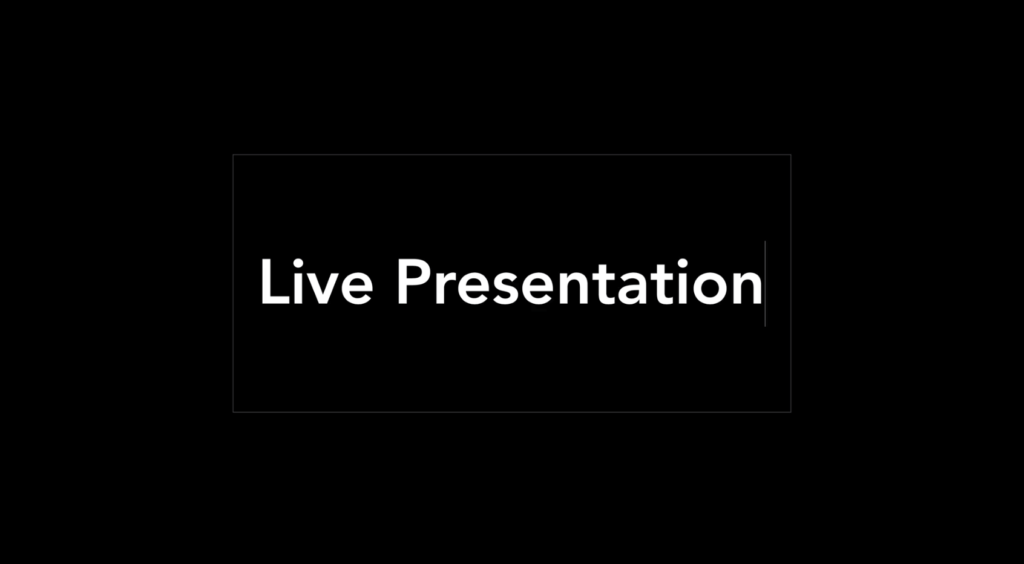Writing a professional presentation involves several key steps:
Define your audience: Before you begin, it’s important to understand who your audience is and what their needs and interests are. This will help you tailor your presentation to them and ensure that it is relevant and engaging.

Develop a clear structure: A professional presentation should have a clear and logical structure. This can include an introduction, main body, and conclusion, with each section containing specific points or arguments.
Use visuals and multimedia: Visuals and multimedia, such as images, charts, and videos, can help to make your presentation more engaging and easier to understand. It’s important to use them in a way that supports and enhances your message, not distracts from it.
Use a consistent design: A professional presentation should have a consistent design throughout. This includes using the same font, colors, and layouts on all slides.
Practice and rehearse: Before giving your presentation, make sure to practice and rehearse it several times. This will help you to become more confident and comfortable with the material, and also help you to identify and address any issues or areas that need improvement.
Be prepared for questions: A professional presentation should be prepared to field questions from the audience. This can be done by anticipating potential questions and having answers ready, or by encouraging questions and actively engaging with the audience during the presentation.
Use simple language: A professional presentation should use simple and clear language that is easy for your audience to understand. Avoid using jargon or technical terms that may be unfamiliar to them.

End with a call-to-action: A professional presentation should have a clear call-to-action for your audience. This could be something like asking them to take a specific action, visit a website, or get in touch with you for more information.
Overall, a professional presentation is well-structured, visually engaging, and tailored to the audience’s needs and interests, with a clear message and call-to-action, and delivered confidently and effectively.
If you are interested, send us a short email about your idea.


